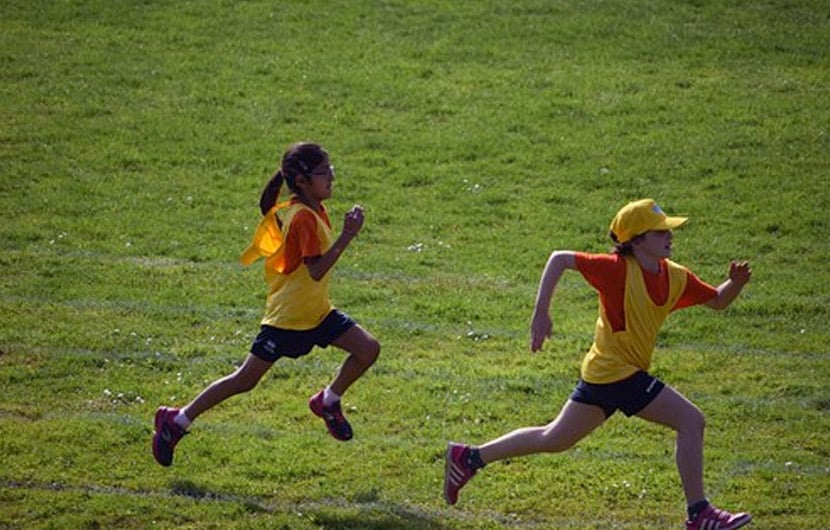A recent survey conducted by EduSports has found that the fitness and BMI levels of school children in India continue to be far from satisfactory. The results were similar regardless of the age, gender, region or city. The nationwide study covered 1,69,932 children in the age group of 7 to 17 years in 326 schools across 86 cities in 26 states. The study assessed fitness parameters, like sprint capacity, flexibility, lower and upper body strength, abdominal strength and body mass index (BMI). It was built into the co-scholastic curriculum of schools for the academic year 2015-2016.
While both boys and girls were equal in abdominal strength, sprint capacity and upper body strength. It was found that 69% girls have a healthy BMI compared to 62% boys and at least 51% girls had desired levels of flexibility versus only 45% among boys.
EduSports’ study revealed that schools with a sustainable, structured sports and physical education sessions have improved children’s fitness and only schools with more than three sessions of physical education has fitter children.
The study tracked the BMI scores of primary, middle and high school children over three years from the time a structured sports program was introduced. At least, 65% primary and high school children improved their BMI score compared to 59% three years ago. While the corresponding numbers for middle school children went up from 61% to 70%. More number of girls achieved proper BMI scores, with an overall improvement in fitness levels of boys and girls year-on-year.
A sustained structured sports and physical education intervention in schools improved fitness standards. As PE periods are one of the appropriate tools to get children to play, increasing the number of PE periods from 3 to at least 5 every week is recommended.
According to Saumil Majmudar, CEO and Co-founder, EduSports, “Children are becoming less active for environmental or interpersonal reasons. Lack of physical activity increases the risk of obesity and health-related problems in adolescence, and adulthood. We believe that schools provide the ideal environment to promote physical activity at the right age and improve fitness standards among children. The 7th Annual School Health and Fitness Study showed that schools with a structured, age-appropriate sports program witnessed a substantial improvement in health and fitness levels, compared to schools which don’t have a structured sports program. Research also showed that active children have greater attention spans and perform better academically.”
The fitness levels of children in metro and non-metro cities showed that only 66% children in metros had a healthy BMI versus 65% in non-metros. The percentage of children with unhealthy BMI has increased from 20% last year to 33% this year. This trend needs to be reversed to have a healthy generation of children.















